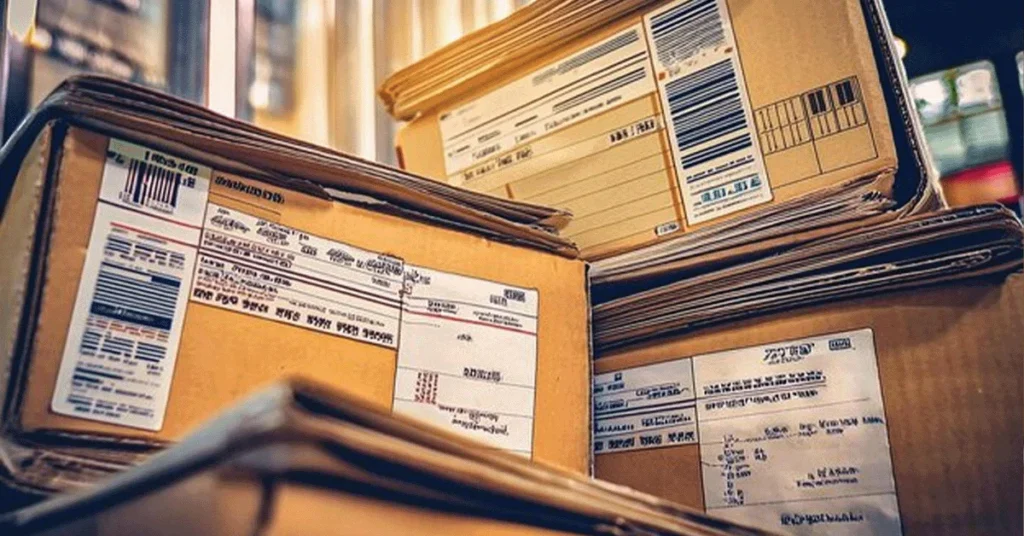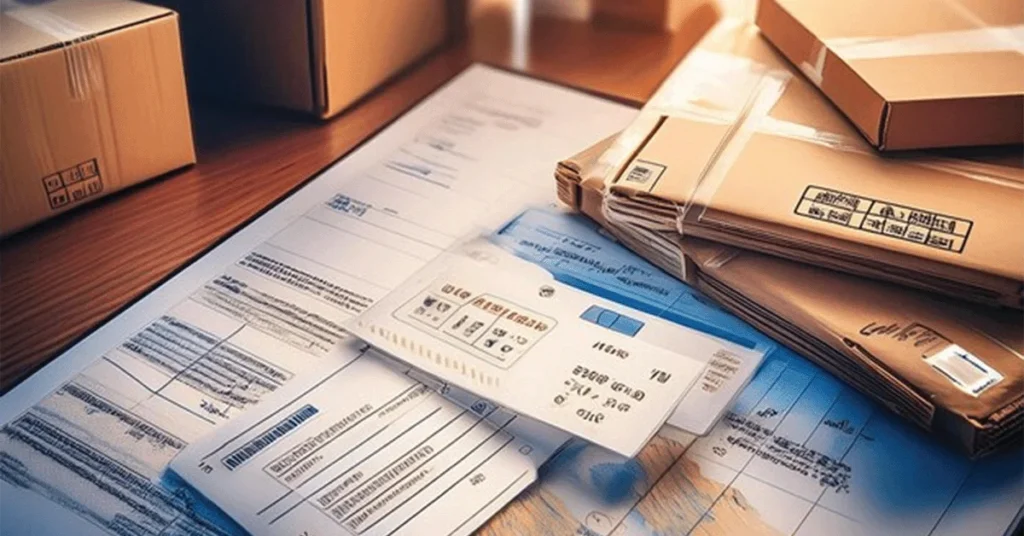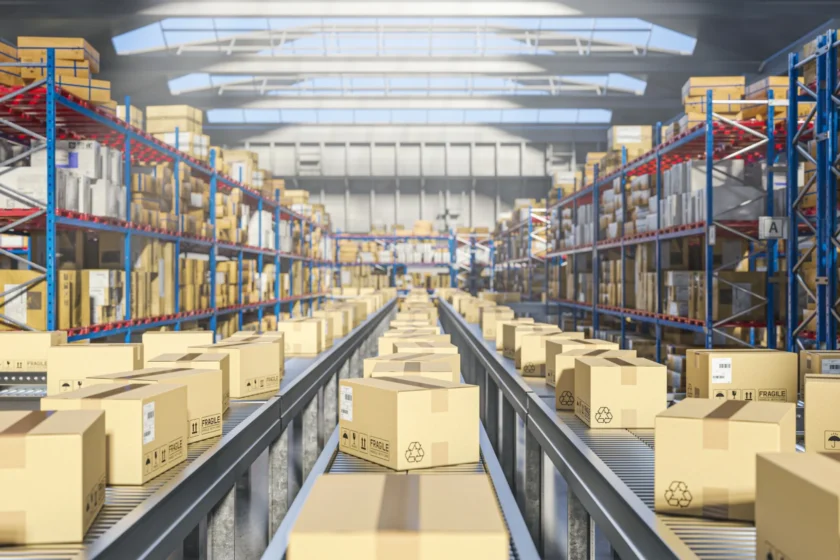The difference between a BOL (Bill of Lading) number and a PRO number in Logistics is very important. This difference is crucial to understand for efficient shipment tracking and management as well.
These numbers are important so we can understand less-than-truckload (LTL) and other freight types. They help both shippers and carriers to monitor the movement of goods. But the question is what makes them different from one another? So, let’s explore them
What is a BOL Number?
A BOL number is a unique identity that the shipper generates. A “BOL” or “Bill of Lading” is a unique number. It is made and designated by the sender of an LTL or other form of freight delivery.
Mostly, every shipment has a different BOL number. It is to ensure only one shipment is associated with that number.
This BOL number is present on the Bill of Lading document. It is present at the top of the document to make sure that it is visible to the shipper, recipient, and carrier throughout the shipment.
What is a PRO Number?
An abbreviation for “progressive rotating order” or “progressive number” is a unique 7-to-10-digit number assigned through a provider or a third-party logistics company to track the shipment from pickup to delivery.
The PRO number is displayed on the Bill of Lading and shipping labels. It is typically positioned on the pallet for easy scanning during transit.
A PRO number is generated via the service or logistics service providers. Using a PRO number is crucial when tracking a shipment. Because the carrier or service provider may not have access to complete shipment data such as the BOL number in their system.
Key Difference Between BOL and PRO Numbers

The primary difference between a BOL and a PRO number is who generated it, the shipper or the shipping provider. A BOL number and a PRO number are the numbers that perceive LTL (much less than truckload) and other types of freight shipments.
A BOL number is an important and sensitive piece of document that highlights the origin, destination, and contents of the load. This number is made to ensure that the shipment is accurately documented and traced from the moment it leaves the shipper’s facility.
A BOL number may have different lengths. It depends on the logistics service provider or the carrier. BOL numbers typically consist of eight to sixteen alphanumeric characters. Because of this versatility, carriers can design distinctive identities that work with their tracking and documentation systems.
Whereas, a PRO number is used for tracking purposes within the carrier’s system. This allows both the shipper and the recipient to track the shipment’s progress from pickup to delivery. This number is important so that the shipment arrives on time at the destination.
The PRO Number is used to track the movement of the shipment, to identify shipments within the carrier’s system, to access shipment documents, to check shipment status, and to track the shipment’s location.
Key Identifiers in Tracking Shipments
- BOL number: This number is created by the shipper.
- PRO number: This number is assigned by the carrier.
- SCAC code: BOL number and PRO number, containing 7 to 10 digits, are usually linked with a SCAC code. This is to create a comprehensive tracking system that serves as a tracking number in the realm of small parcels. SCAC codes specify the carrier responsible for shipping the cargo and are determined by the National Motor Freight Classification or NMFC.
When to Use a BOL Number vs a PRO Number

To make sure the shipping process runs smoothly one needs to know when to use a BOL number and a PRO number.
The PRO number is assigned at various points in the shipment planning and execution process. Such as
- When the bill of lading has to be generated
- When the carrier has to induct it into their terminal.
- When the carrier has to pick up the shipment
The end-to-end warehouse system makes sure to integrate all packing and shipping process together. This process depends on the shipper’s order fulfillment process and systems.
A BOL number is assigned to a shipment at the time the Bill of Lading paperwork is generated. Moreover, the Bill of Lading document provides pertinent information about the shipment. It is usually one or more US-sized pages that tell

- Where the shipment is coming from
- Where it is going
- When will it arrive
- Details regarding the contents of the shipment.
This number is used throughout the shipping process as a reference point for all purposes. TEU Global loves serving their customers beyond expectations.
Both numbers are crucial to the shipping process. They serve many functions at different stages as well for instance PRO number is to track and ensure that the shipment is on course while BOL number is for initial shipment setup and documents.
What is SID number
A SID (shipment identification) Number is another unique identifier that is used to track shipments on a bill of lading.
The BOL number covers the entire shipping document and contract. The SID number is generally used to identify individual shipments or orders within a bigger consignment.
Common Mistakes and How to Avoid Them

In Logistic worlds it is normal to make mistakes. Understanding BOL and PRO numbers correctly can help avoid these mistakes.
- Incorrect or missing pro numbers can lead to losing the track of shipments. This is one of the most frequent mistakes made. Making sure that the PRO number is correctly assigned can help to avoid this mistake. As this small mistake can disrupt the supply chain. Which can lead to unhappy customers, delays, and lost goods. At TEU Global we use reliable logistics software that help automate this process and reduce the chances of human error.
- When a company is dealing with different shipment they tend to be inconsistent with their use of tracking number. Which leads to many problems and unsatisfied results as well. Ensuring that the BOL and PRO numbers are accurate can lead to seamless shipment process as well.
- Another common mistake made is not carefully filing the Bill of Lading or misplacing the form. It can lead to significant issues in shipment process. As all the documents must be handled with care and sensitive information should be held private. Its important to not only care for the documents but also give the complete information to all the relevant parties.
Role of Technology in Managing BOL and PRO Numbers
Logistic operations are nowadays used in a larger number. And technology has stepped into this field to make sure things are more smooth and seamless. The role of technology in managing BOL and PRO numbers has become more crucial. These technological software are simplifying the process of tracking, generating, managing all these operations. This is done so the risk of a mistake or error can be reduced.
- Auto-generating Pro Numbers: Businesses transport is done by utilizing the system to store a specific set of pro numbers from different carriers contracted by the company. These companies ship high quantity of less than truckload (LTL), truckload (TL) shipments, and using a thorough multi-carrier shipping system. So ,instead of reaching out to carriers every time the delivery system requires a pro number for a shipment, which is the usual practice. These will store a block or series of PRO numbers from different freight carriers in the transportation management system (TMS).
- Role of technology: The role of technology in logistics is set to expand even further. These technologies are offering far better results with least errors. The emerging AI-powered analytics are expected to give way better results with efficiency.
- Carrier Systems: Integration with carrier system is the new trend. Many logistic platforms are integrated with them. This integration helps logistics platforms to have an up-to-date data analysis of their data with no or least miscommunication or error.
Conclusion
In summary, both BOL and PRO numbers have a very important role to play in the world of logistics. The process of shipment is incomplete if one does not understand the importance of each number. However, understanding their differences and their importance can help in maintaining a competitive edge.
Any small issue regarding the process of shipment can be solved by communicating TEU Global at their Helpline Number. The shipment process continues to evolve and the role of technology will soon take a lead in the world of logistics.


